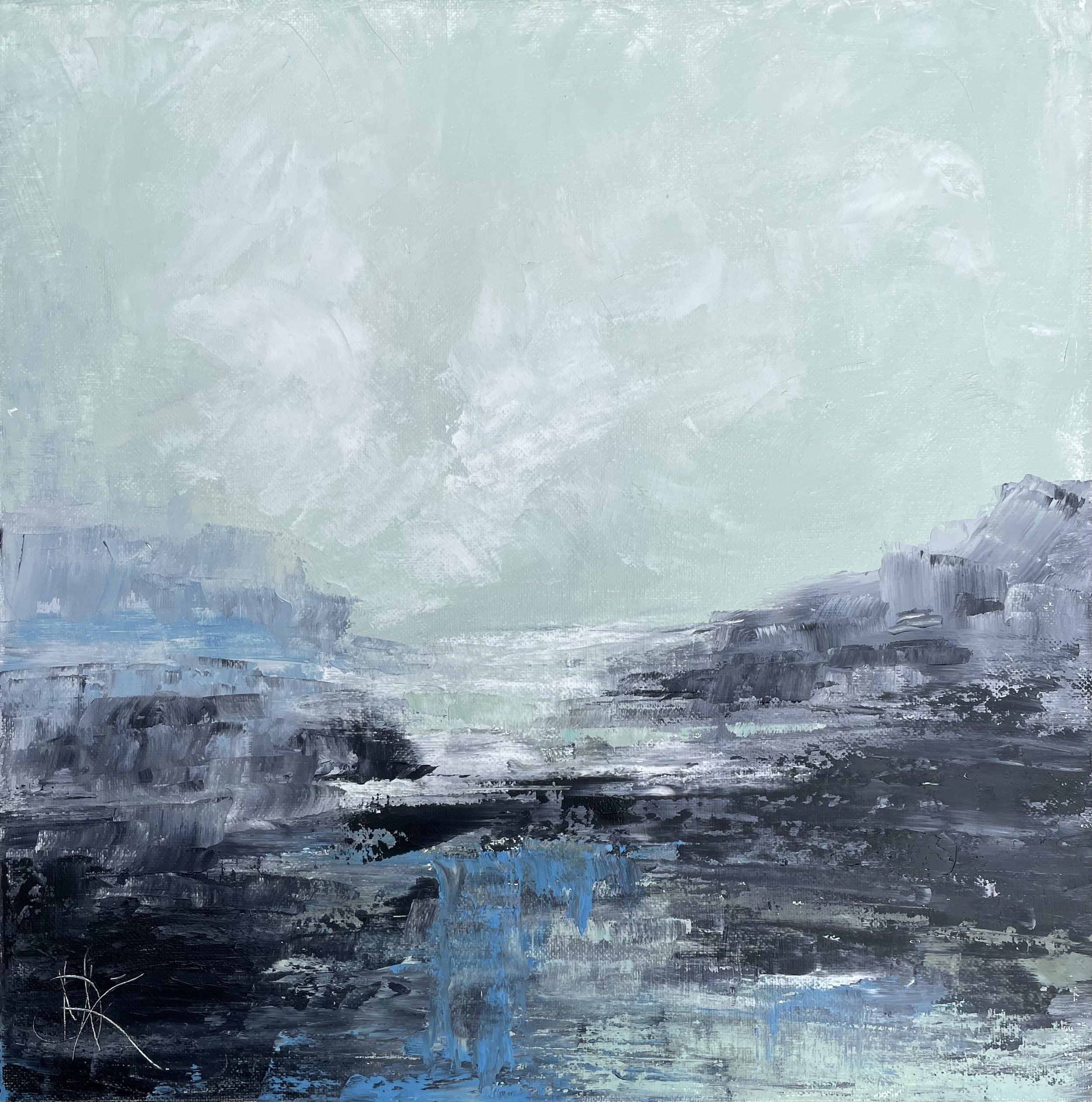PLWA Secchi Dip & water pollution
The Secchi Dip-In Day had volunteers from around Pigeon Lake take their first water clarity measurements using a Secchi disk. Those with access to a boat joined us along with other boaters on Saturday, July 30th, to monitor the water clarity at Pigeon Lake!
I went because i’m fascinated by the effects of light on the depth of water. Where the light can reach into the water there is more chances that there would be vegetation but if the vegetation is taking over the water it is a sign of low levels and increased pollution on the Botton of the lake. This increased vegetation is not healthy for life forms in the water.
Working with the community aimed at not only to gather data but also to raise awareness about the importance of maintaining clean waterways for both recreation and wildlife.
Engaging with the community through this project allowed us to share insights and encourage environmentally responsible practices.
The experience reaffirmed my belief in the connection between art, nature, and conservation efforts, inspiring further collaboration for the preservation of our precious natural resources.
Water pollution is something that I find to be a significant environmental problem that needs attention. It prevents people from getting clean drinking water. Polluted water pollutes other creatures and spread disease. When water creatures get polluted, the pollution spreads disease faster than the speed of car pollution. For instance, the second picture above is of a dead polluted fish. Birds in the area were eating it and possibly becoming infected by digesting any bacteria found on this polluted fish. Unfortunately, this chain of pollution can spread far and fast.
I didn’t think the experience was going to inspire paintings but it did. Back in my studio I ended up painting about water and how the light dances on the surface and in its depths.
When I was on the water all I could think of was how to keep my paddles while collecting data. The further I went on kayak the more turbulent the water was from motor boat activity, so I had to wait around to even get a stable reading. The longer I was on the water, the more I got inspired by it. I became curious about different bodies of water, I went to collect data at other locations and became curious about glacier water. During the summer, in reflection, I painted these paintings back at the studio after my trips.
Most of what I painted is currently available for viewing at exhibits and on Saatchi Art Gallery for sale. I would love to keep writing about water pollution but I will let you read about it from the professionals



















